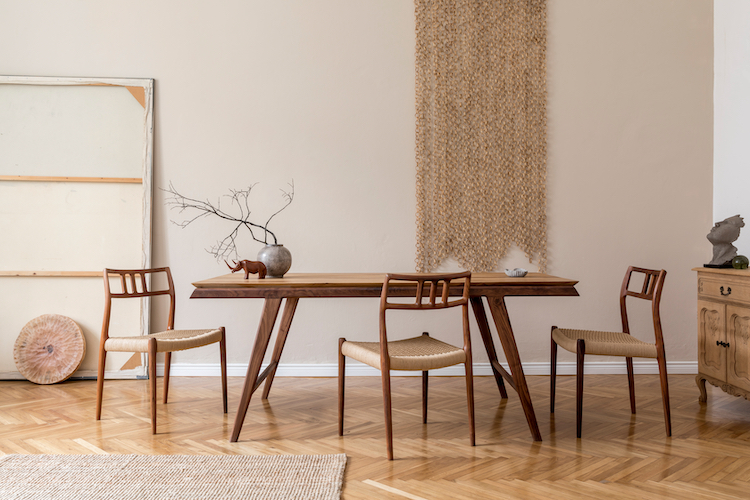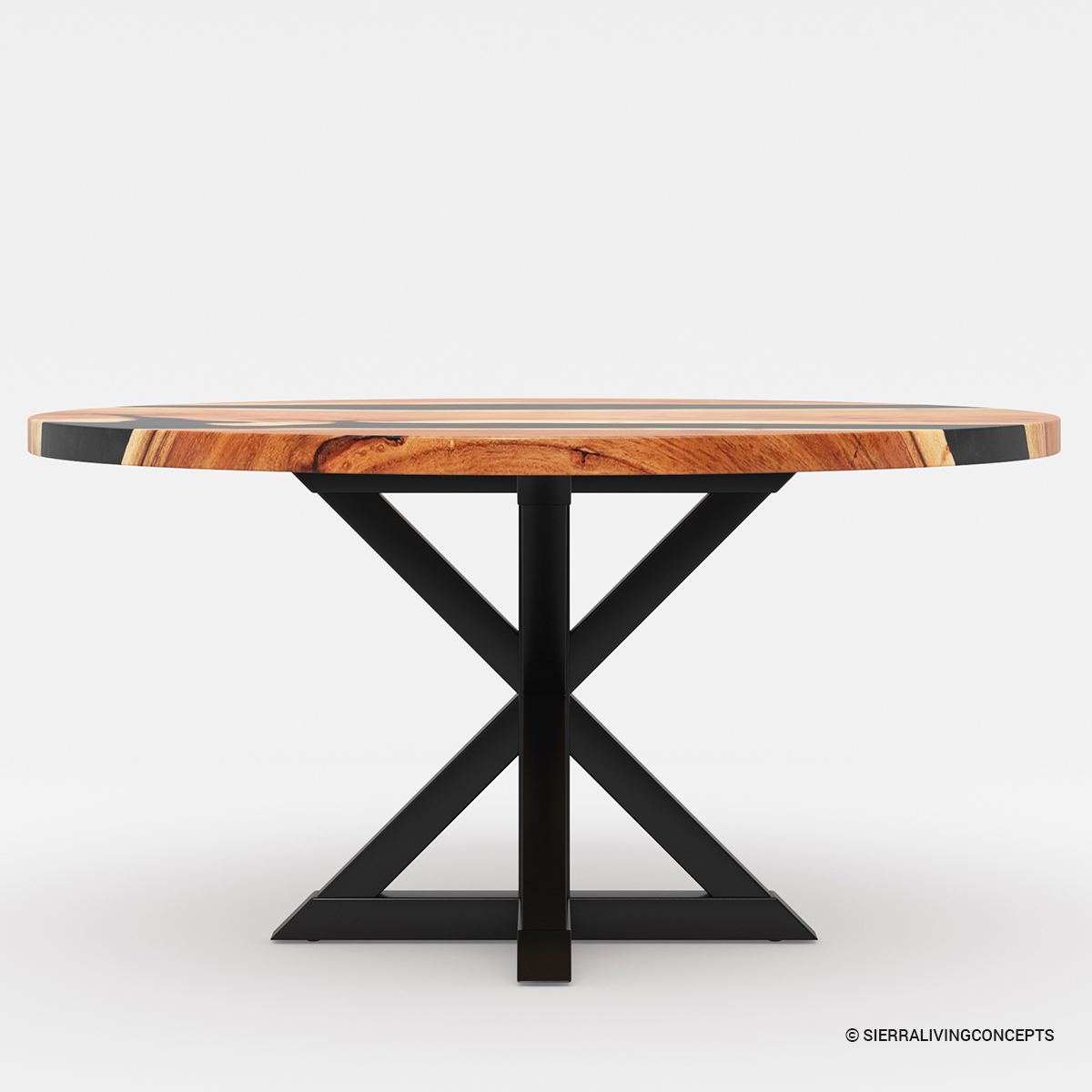From Traditional to Modern: Locate the Suitable Dining-room Table Legs for Your Style
The choice of dining-room table legs plays an essential role in specifying the general character of your room, linking the space between traditional workmanship and modern aesthetic appeals. While classic layouts such as cabriole and transformed legs evoke a feeling of timeless refinement, contemporary designs like hairpin and geometric alternatives provide an opportunity for striking visual interest. Reviewing the ideal balance in between these styles calls for a nuanced understanding of your existing design and personal preference. As you think about these components, the concern continues to be: exactly how can you seamlessly incorporate these diverse leg styles to develop a harmonious eating experience?
Recognizing Table Leg Styles
The range of eating area table leg designs can significantly influence both the looks and capability of the room. Each leg design adds one-of-a-kind sensible attributes and aesthetic aspects, satisfying diverse design preferences and use requirements. Recognizing these designs is critical for picking the appropriate eating table that straightens with your total interior decoration vision.
For example, conical legs supply a tidy, timeless appearance that can improve a space's style, while stand bases give security and make the most of legroom, making them suitable for smaller areas. Barrette legs, a hallmark of mid-century modern-day design, present a commercial panache, allowing for an airy, open feel. Trestle legs stimulate rustic beauty, giving durable assistance and a feeling of eternity.
Wood legs can bring warmth and appearance, whereas metal alternatives typically convey a smooth, modern vibe. Ultimately, recognizing table leg styles is necessary for creating a cohesive eating area that shows individual style while making sure practicality and comfort.
Standard Table Leg Options
When selecting dining area table legs, traditional choices often symbolize classic elegance and craftsmanship. These styles mirror an abundant heritage and a commitment to quality, making them optimal for those that value classic appearances.
One of the most famous typical leg designs is the cabriole leg, characterized by its stylish rounded form. This design frequently features ornamental makings and is most commonly found in Queen Anne and Chippendale furniture. Another popular option is the turned leg, which flaunts a collection of smooth, rounded forms that give a timeless look while maintaining stability.
Additionally, the straight leg, while simple, provides a basic and tough framework that can mix effortlessly with a range of tabletop styles. For those drawn to ornate detailing, claw-and-ball feet legs evoke a feeling of magnificence and can work as a stunning prime focus in any kind of eating area.
Finally, pedestal bases, although not strictly legs, give a different typical alternative that permits for adequate legroom and can be magnificently carved. Each of these conventional leg styles adds to the total atmosphere of a dining room, marrying feature with visual allure.

Modern Table Leg Styles
Modern table leg styles provide a varied series of designs that emphasize ingenious materials and clean lines. These designs usually focus on functionality while offering as striking centerpieces within an eating area. Minimal aesthetic appeals are prevalent, with legs crafted from products such as metal, glass, and crafted wood, which add to a airy and modern feel.
One prominent style is the barrette leg, defined by its slim, conical structure that gives stability without overwhelming the table top (dining room table legs). This style is usually discovered in mid-century modern-day furnishings and can effortlessly match different eating table shapes. One more fad is using geometric shapes, where legs may handle angular or unbalanced types, including aesthetic interest and a touch of artistry

Blending Designs for One-of-a-kind Rooms
Usually, home owners look for to produce distinct dining spaces that mirror their individual design by blending various design elements. This approach permits the unification of varied looks, leading to a harmonious yet distinctive setting. Combining a rustic wood table with smooth, modern steel legs can produce an attractive comparison that raises the area's total charm.
Additionally, incorporating vintage table legs with contemporary table tops can evoke a sense of background while maintaining a contemporary sensibility. Such mixes not only display individual preference however also motivate creativity, permitting property owners to curate a room that feels both individual and inviting.
Shade plays an important role in this mixing procedure; choosing table Check This Out legs that enhance or contrast with the existing color pattern can boost visual passion. For instance, whitewashed legs can soften the daring of a dark table surface, producing a balanced visual.
Tips for Picking the Right Legs
Selecting the right table legs is necessary for achieving both performance and visual appeal in your eating area. Begin by thinking about the overall design of your area. Conventional setups profit from legs that feature complex makings or transformed designs, while contemporary rooms may call for smooth, minimal styles.
Next, examine the elevation and security of the legs. dining room table legs. Basic table vary in between 28 to 30 inches in height, so guarantee the legs enhance this dimension for comfort. Additionally, durable products, such as wood or steel, can enhance stability and longevity
Assess the leg shape also-- alternatives consist of right, tapered, or stand designs. Straight legs offer a classic look, while tapered legs can add a touch of style. Pedestal bases supply adequate legroom and i thought about this are ideal for smaller spaces.
Conclusion
In summary, picking the ideal dining room table legs requires mindful factor to consider of both modern-day and typical designs. Standard alternatives such as cabriole and turned legs provide timeless elegance, while modern layouts like barrette and geometric shapes provide a modern touch. By integrating leg design, height, and material with the total decor, a natural and inviting useful reference atmosphere can be attained. Eventually, the selected table legs should mirror the preferred aesthetic, enhancing the eating experience within the area.
The selection of dining room table leg designs can substantially influence both the visual appeals and functionality of the room. Eventually, understanding table leg designs is crucial for producing a cohesive eating area that shows personal design while making sure usefulness and convenience.One of the most renowned typical leg styles is the cabriole leg, identified by its graceful rounded form. Straight legs provide a timeless look, while tapered legs can include a touch of elegance.In summary, picking the perfect eating area table legs requires careful consideration of both standard and modern-day designs.
Comments on “How to Choose the Perfect Dining Room Table Legs for Your Home”